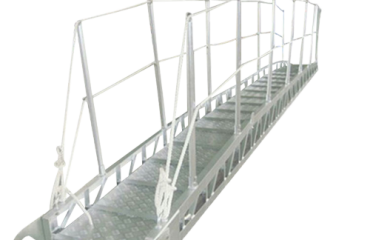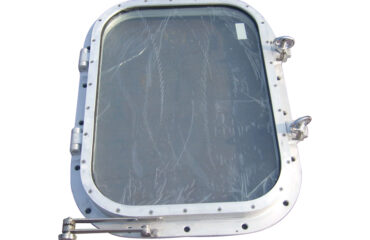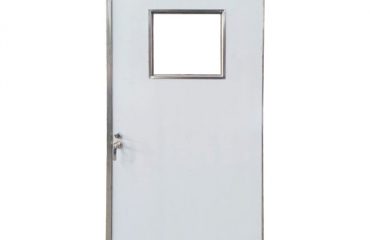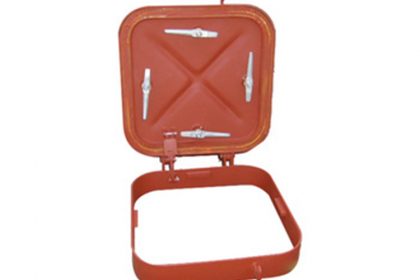
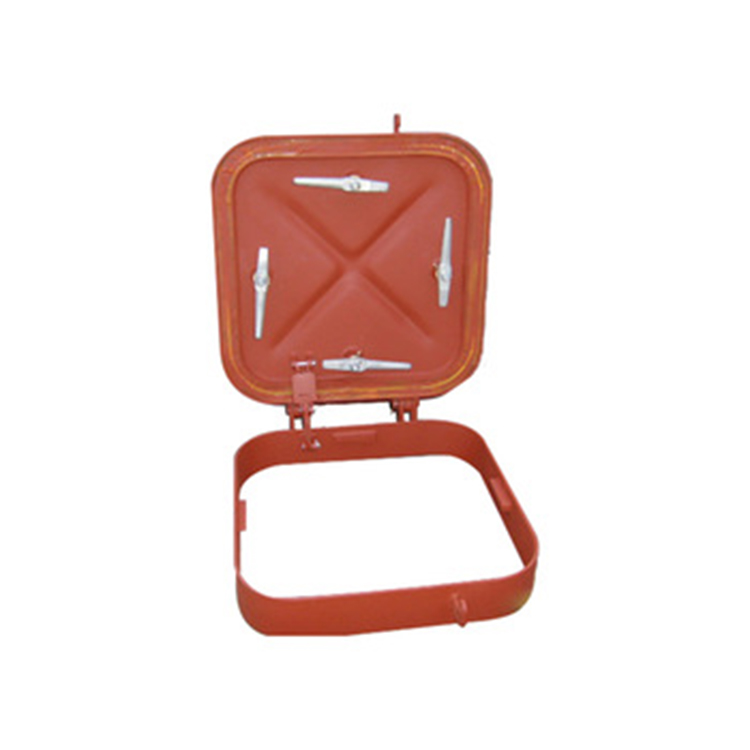
Firstly, the design of the ship’s cover should consider strength and stability. The marine cover should be able to withstand external forces such as wind, surges, and hull sway generated during ship navigation. Therefore, materials with high structural strength, such as steel and aluminum alloy, should be selected in the design, and appropriate structural forms should be adopted to ensure that the cabin cover is strong and stable enough.
Secondly, the design of the ship’s cover should consider the safety of the vessel’s navigation. Ships may encounter various extreme weather and sea conditions during navigation, so the design of ship hatch covers needs to consider safety performance such as waterproofing, wave resistance, and anti-skid, to ensure that the equipment and personnel inside the cabin can be effectively protected when the ship is sailing in harsh environments.
In addition, the design of the ship’s cover also needs to consider the ship’s cabin capacity and cargo loading requirements. Different types of ships have different cabin capacities and cargo loading requirements, so the design of ship hatch covers needs to be adjusted according to specific situations to ensure that the space inside the ship’s cabin can be fully utilized and meet the loading and unloading requirements of cargo.
At last, the design of ship covers also needs to consider the airtightness and durability of the vessel. There may be various equipment and cargo in the ship’s cabin, and it is necessary to maintain a certain degree of airtightness to prevent air leakage inside the cabin from causing equipment failure or damage to the cargo. At the same time, the cabin cover also needs to have a certain degree of durability, able to withstand long-term navigation and use, ensuring the reliability and continuous operation capability of the ship.



